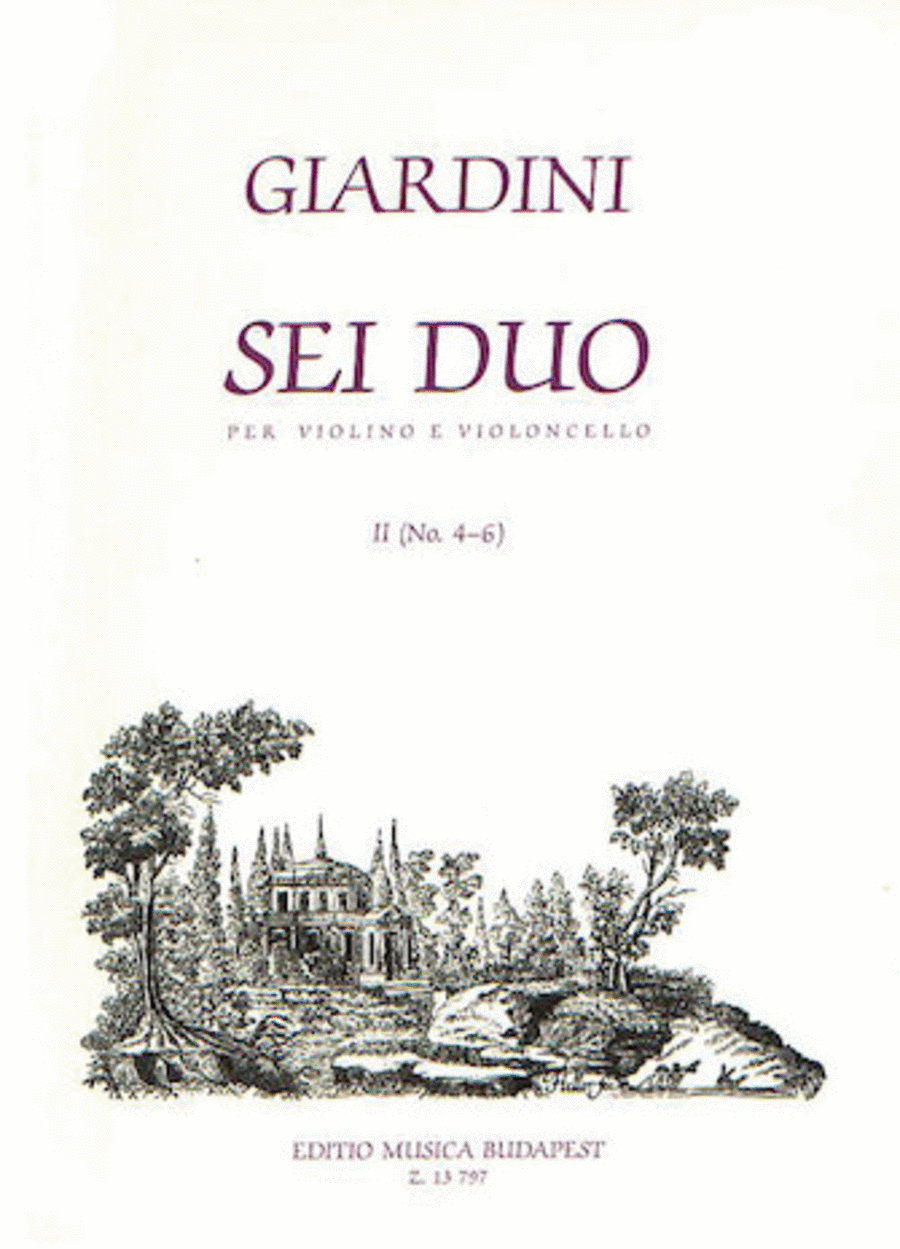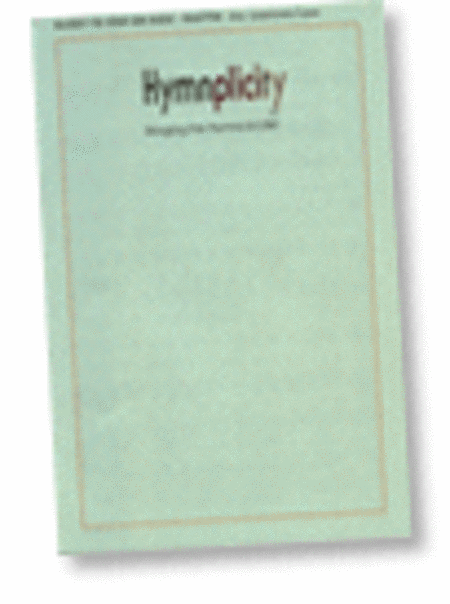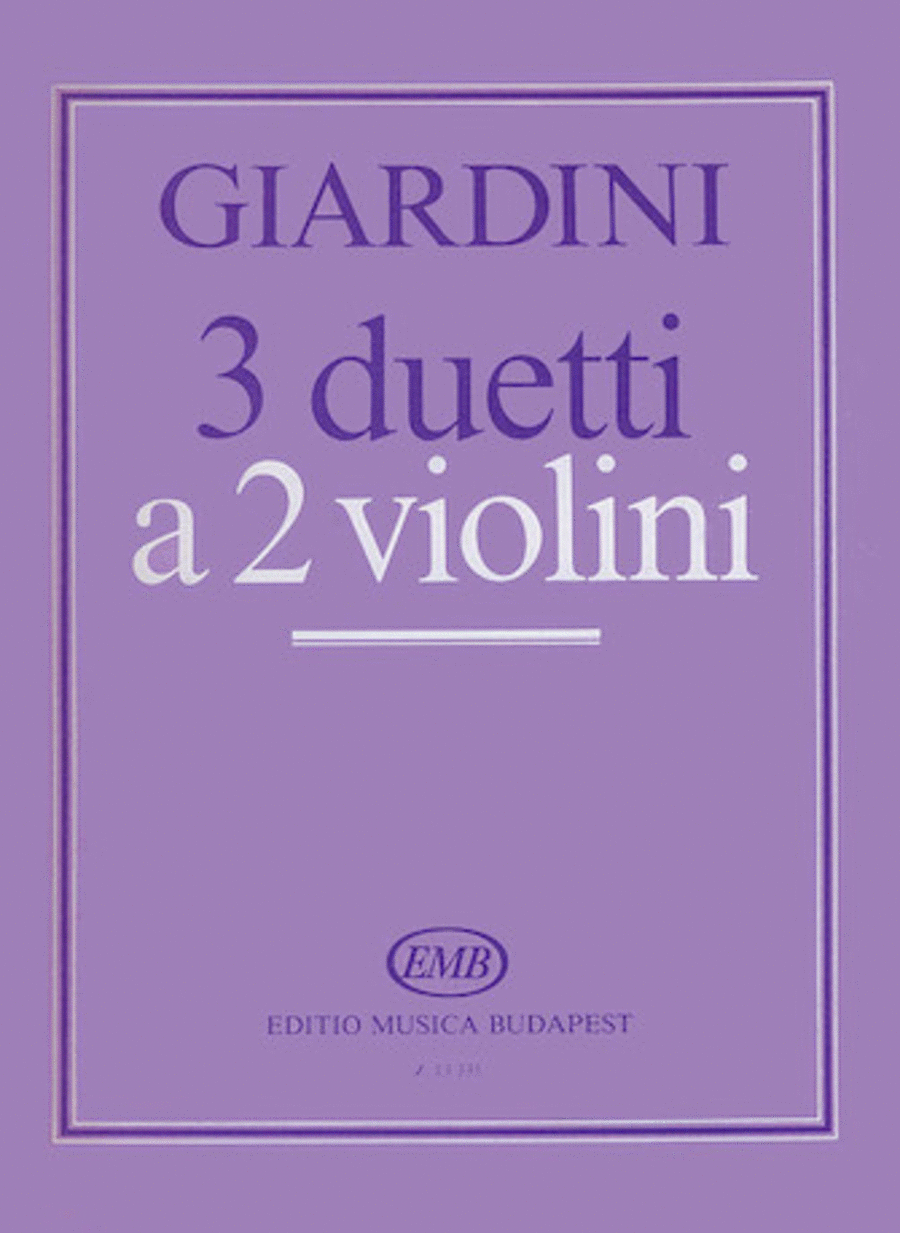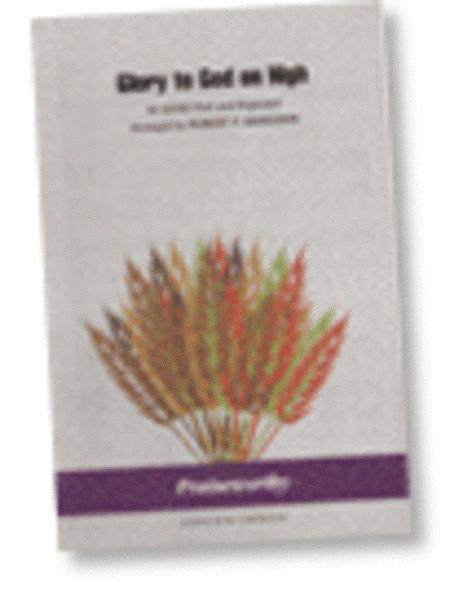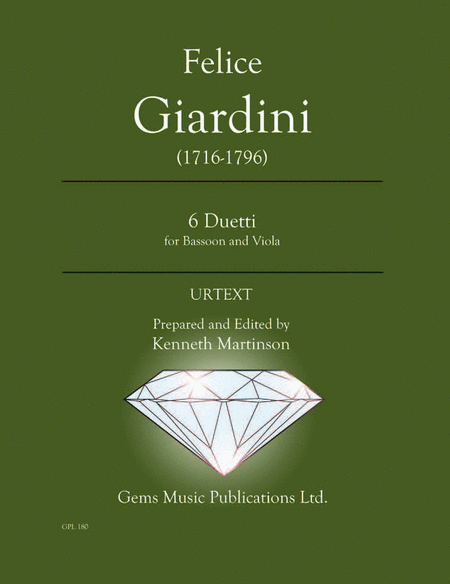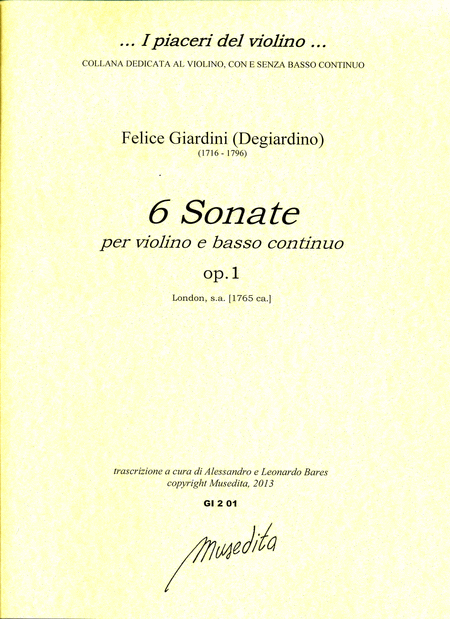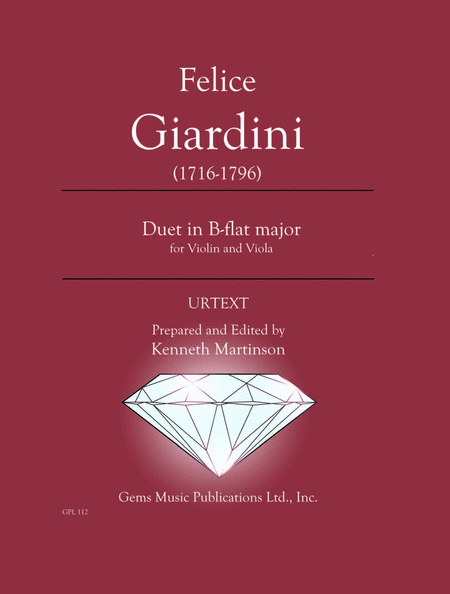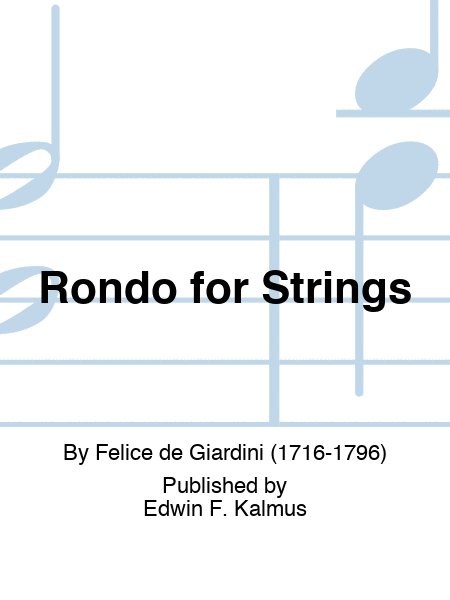Felice Giardini (1716 - 1796)
 Italie
Italie
 Italie
ItalieFelice Giardini (1716 - 1796) was an Italian composer and violinist.
Felice Giardini (1716-1796) was born in Turin. When it became clear that he was a child prodigy, his father sent him to Milan. There he studied singing, harpsichord and violin but it was on the latter that he became a famous virtuoso. By the age of 12, he was already playing in theater orchestras. In a famous incident about this time, Giardini, who was serving as assistant concertmaster during an opera, played a ... (Read all)
Source : Wikipedia
Felice Giardini (1716-1796) was born in Turin. When it became clear that he was a child prodigy, his father sent him to Milan. There he studied singing, harpsichord and violin but it was on the latter that he became a famous virtuoso. By the age of 12, he was already playing in theater orchestras. In a famous incident about this time, Giardini, who was serving as assistant concertmaster during an opera, played a ... (Read all)
Source : Wikipedia
FREE SHEET MUSIC
- Love.
Active criterias:
Search
| ||||||||||||||||||||||||||||||||||||||||


